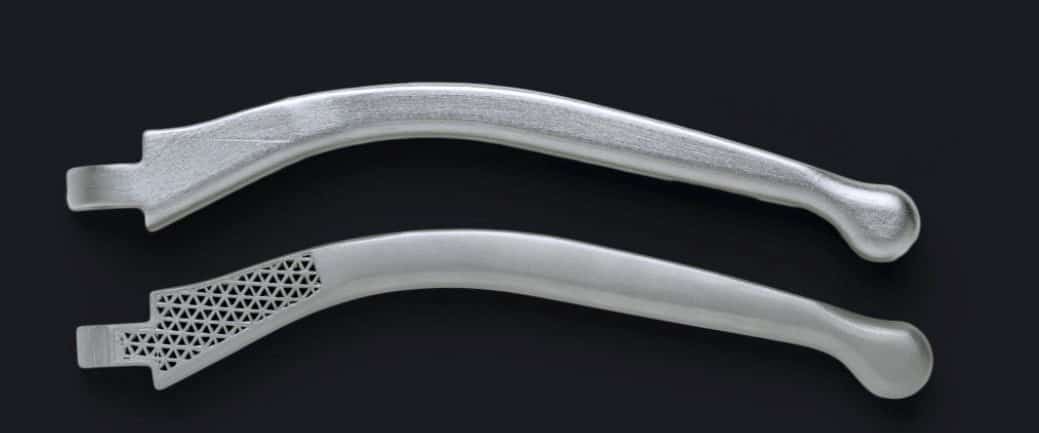Metal 3D printing is most suitable for complex, bespoke parts that are difficult or very costly to manufacture with traditional methods. FacFox has summarized some experience for printing metal parts for your reference. They may help you design printable parts and avoid problems like cracking and wrapping.
- We recommend you using self-tapping screws rather than directly 3D printing the screws.
- We cannot guarantee to print the parts successfully when the designed wall sickness is less than 0.5 mm.
- As for the assemblies, the assembly drawing is required and you’d better remark in the order if assembling process is needed. Or else we will not assemble the parts.
Besides, you need to reserve an air gap of 0.15 mm when designing the assemblies, check our guide How much tolerance should be reserved when designing assembly parts? HERE. - If you have strict requirements for some assemblies, we can apply CNC machining after printing.
- Deformation is evitable for parts which are super long or have thin walls.
- The surface roughness of metal printed parts is around Ra7.
Dimensional accuracy (<10mm) ± 0.2% with a lower limit of ± 0.2 mm
Dimensional accuracy (>10mm) ± 0.2%
Metal 3D printing is suitable for producing complex parts, but their precision and surface can’t compete with CNC machined parts. - The post-processing availabilities are totally the same as traditionally manufactured parts.
